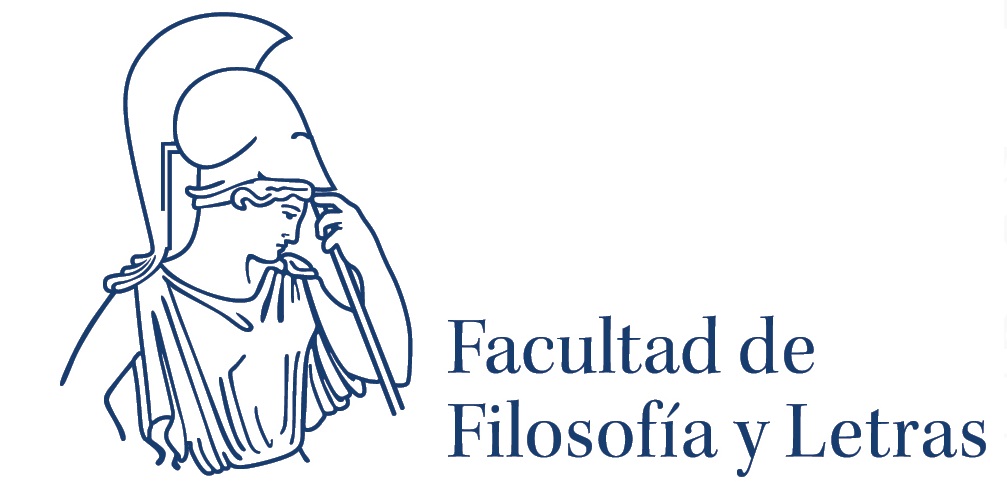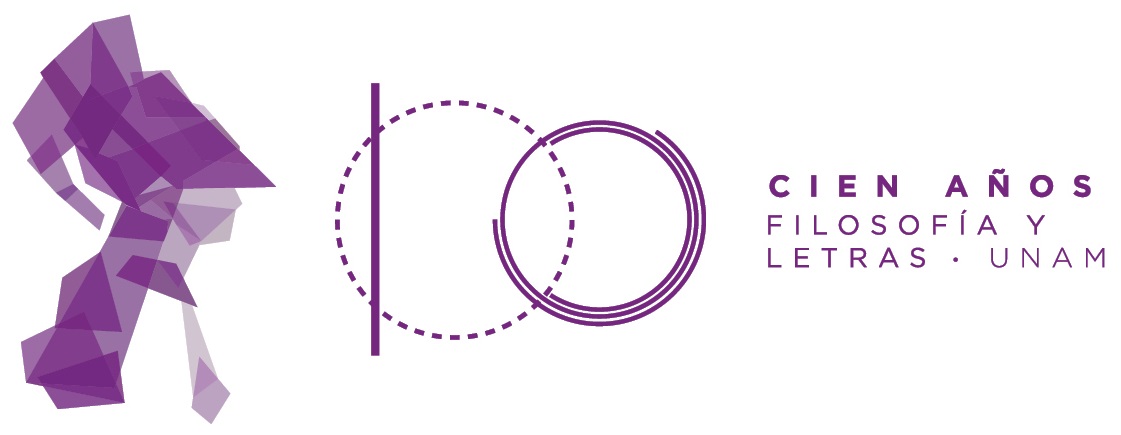15-11-2024
Architecture. A Mirror of Identity and Legacy for Universities
Historic architectural sites play a kew role in shaping the institutional identity of universities The presence of students and professors within these emblematic places reinforces the sense of community and pride. At the same time, these buildings serve as reference points not only for those who are part of the institution but also for society at large. They embody the cultural and architectural heritage which has witnessed the evolution of academic thought over time, offering students and professors a sense of continuity and belonging to an intellectual tradition that transcends generations.The emotional bond students develop within these spaces, significantly influences their commitment to the university and their future professional life. This connection becomes a driving force to foster university belonging and identity while connecting students with the core values that define the academic and university spirit: freedom of thought, critical inquiry, and dialogue.
These Historic sites do more than simply preserve the past, they enrich the academic environment by providing a backdrop that goes beyond the mere transmission of knowledge. The architecture of these buildings not only houses knowledge, but also shapes the way students interact, collaborate and learn. Sites such as Casa de los Mascarones, the El Palacio de la Autonomia, and Ciudad Universitaria are essential to university life. These spaces offer not only a physical environment for learning, but also a cultural and symbolic legacy that enhances the educational experience.
By fostering a sense of belonging and community, these “mirrors of identity” facilitate interaction between students and professors, strengthening the bonds that connect individuals to the institution. In this way, architecture helps create academic communities and nurtures a deeper commitment to the university’s mission.
Facultad de Filosofía y Letras de la UNAM
Emblem
The Greek goddess of wisdom, arts and education, Athena, has been a symbol for the GraduateFaculty of Philosophy and Letters (FFyL). This symbol has its origins in the ideals of Justo Sierra: The National School of Higher Education Studies which represented a temple devoted to the dissemination of thought and research that promised the promotion of knowledge oriented to social welfare and social actions.

For the centennial FFyL birthday, this effigy was made with pieces of paper with different geometric shapes, the commemorative logo is accompanied by the number 100, while the number 1 is a straight line which represents FFyL as the first faculty which moved to Ciudad Universitaria in 1954. The images play together celebrating FFyL 70 years within the central campus this 2024.

Then, the first number 0 is made up of 46 segments, each of them represent an academic program at the faculty. The faculty currently offers 16 bachelor’s degrees, two specialization fields, 15 master’s degrees and 13 doctorates. Meanwhile, the second number 0 is made up of three lines, which represent the three campuses FFyL has had.
The GraduateFaculty of Philosophy and Letters (FFyL) celebrates its 100th anniversary. This centenary has been marked by the dissemination of the humanities and the promotio of critical thinking. As one of the largest and most prestigious faculties within the National Autonomous University of Mexico (UNAM), FFyL originally formed part of the Escuela Nacional de Altos Estudios (National School of Higher Studies), which was inaugurated in 1910. Until 1924, by a presidential decree, one area of the National School was transformed to create the FFyL, establishing this academic space within the university a focuse on humanities.
Throughout its history, the FFyL has been based in three different locations:
1. Palace of Autonomy (1924-1938)
University Neighborhood, Historic Centre, Mexico City.
The building dates from the seventieth to eighteenth centuries, when it was part of the Santa Teresa la Antigua convent, a significant religious and architectural landmark. Over time, the property underwent several transformations, serving various purposes including a warehouse, a shared residential building, and even a military base.
In 1890, the builidng became part of the Escuela Normal de Maestros (Normal School in Mexico) and later, in the mid-twentieth century, it was renovated to house various university schools.
From an architectonic point of view, this building is unique and distinguished by its colonial-era viceroyalty architecture, featuring both Baroque and Neoclassical elements. Later, when new elements were added during renovations, the Autonomy Palace turned into an eclectic design corresponding to the end of the nineteenth century.
After all these years, the Palace has witnessed some of the most important moments in UNAM’s history and continues to serve as one of the university´s key venues for academic and cultural activities which continue to transform and disseminate the autonomous university legacy.
2. Mascarones House (1935-1954)
Santa María la Ribera
It is one of the most remarkable examples of the eighteenth-century architecture within the baroque style. It was originally built as a farm located in the old Mexico-Tacuba Road. The elements harmoniously arranged highlighting the balconies framed by using detailed ornamentation make the quarry stone facade stand out. An open patio, with direct access to the street, is in the centre of the building, and many halls are distributed around it.
The construction was left unfinished, and in 1822 the building was auctioned, passing to different owners. Over time, it was mainly used for educational and scientific institutions.
By the end of the 1920s it became part of the UNAM, hosting different programs, such as the Summer School and the School of Music. In 1929 the building was formally incorporated to the university’s historical patrimony. In 1935 the FFyL Faculty moved to this site, where it remained until 1954, when the location changed to Ciudad Universitaria. In 1959 a significant part of the building was declared a historical monument.
3. Central Campus (1954 - Present day)
Ciudad Universitaria
The Central Campus within Ciudad Universitaria is one of the greatest architectural works combining Mexican and Modern Architecture, it was also recognized by UNESCO as a World Heritage Site. The master design along with the various types of CU’s buildings reflect distinctive characteristics of the modern architecture while incorporating Mexican identitarian elements. The original master design contemplated the campus by dividing it into three principal sections: the School Area –which was built around an esplanade with gardens in which the administrative buildings are located–, the Sports Area, and the University Stadium Area. This urban planning scheme enabled a road system consisting of continuous circuits that granted CU a natural design.
The Graduate Faculty of Philosophy and Letters (FFyL) project and the Torre de Humanidades (Humanities Tower) were designed by the architects: Enrique de la Mora, Enrique Landa and Manuel de la Colina. The structures are located at the western end of the so-called “Tren de las Humanidades”, which is one of the largest buildings in Mexico with more than 300 meters long. This complex hosts the Faculties of Philosophy and Literature, Economy and Law.
The construction of these buildings followed a functionalist approach, featuring a free floor plan that allows direct access from the parking lot to the natural area called “islas”. The buildings are supported by columns, which give them a plastic expression of great modernity and urban presence.
Ximena Gómez is editor of UNAM Internacional and coordinator of Communication and Image at UNAM’s General Directorate for Cooperation and Internationalization
